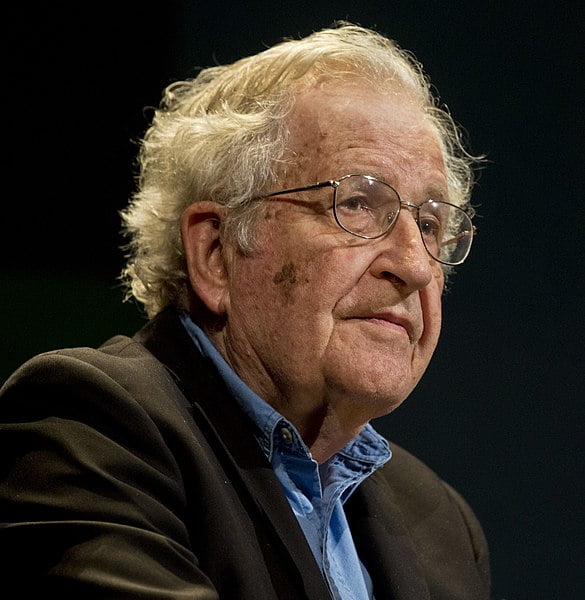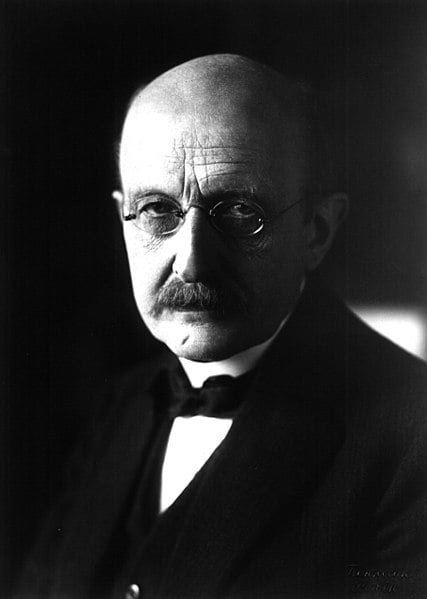| Name | James Clerk Maxwell |
| Born | 13 June 1831, Edinburgh, Scotland |
| Died | 5 November 1879 (aged 48), Cambridge, England |
| Resting Place | Parton, Kirkcudbrightshire |
| Alma Mater | University of Edinburgh, Peterhouse, Cambridge, Trinity College, Cambridge |
| Known for | Statistical mechanics, Maxwell’s equations, Displacement current, Maxwell relations, Maxwell–Betti theorem, Maxwell–Boltzmann distribution, Maxwell–Boltzmann statistics, Maxwell–Stefan diffusion, Maxwell’s demon, Maxwell construction, Maxwell coupling, Kinetic theory of gases, Maxwell’s discs, Maxwell speed distribution, Maxwell stress functions, Maxwell material, Chaos theory, Dimensional analysis |
| Spouse | Katherine Clerk Maxwell (m. 1858) |
| Awards | FRSE, FRS, Smith’s Prize (1854), Adams Prize (1857), Rumford Medal (1860), Keith Prize (1869–1871) |
| Fields | Physics and Mathematics |
| Institutions | Marischal College, University of Aberdeen, King’s College, London, University of Cambridge |
| Academic Advisors | William Hopkins |
| Notable Students | George Chrystal, Horace Lamb, John Henry Poynting |
| Major Contributions | The classical theory of electromagnetic radiation, Maxwell’s equations for electromagnetism, prediction of radio waves, Maxwell–Boltzmann distribution, first durable color photograph, foundational work in the rigidity of frameworks, modern dimensional analysis, the groundwork for chaos theory |
| Legacy | Regarded as one of the founders of modern physics and electrical engineering, his work laid the foundation for special relativity and quantum mechanics. Considered one of the greatest physicists, alongside Newton and Einstein, his contributions have had a profound impact on the development of 20th-century physics. |
| Notable Achievements | Demonstrated that electric and magnetic fields travel through space as waves moving at the speed of light; predicted the existence of radio waves; first durable color photograph (1861); foundational work on structural rigidity and modern dimensional analysis; laid groundwork for chaos theory. |





